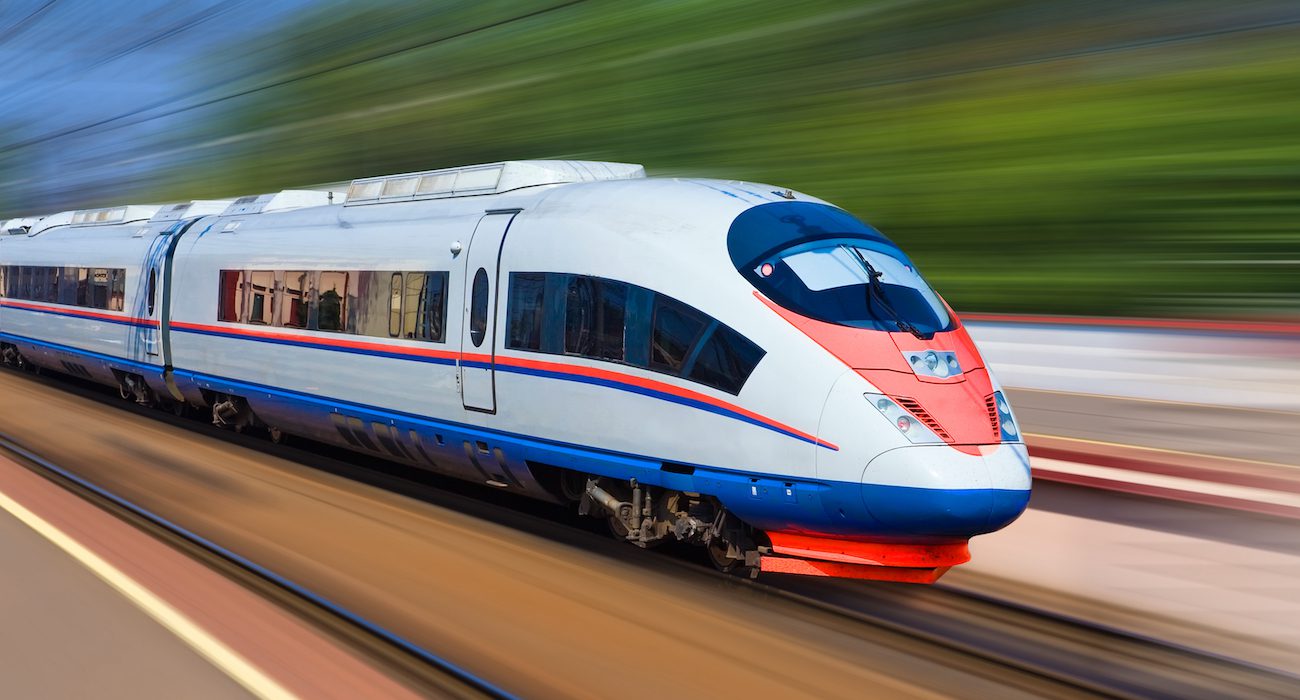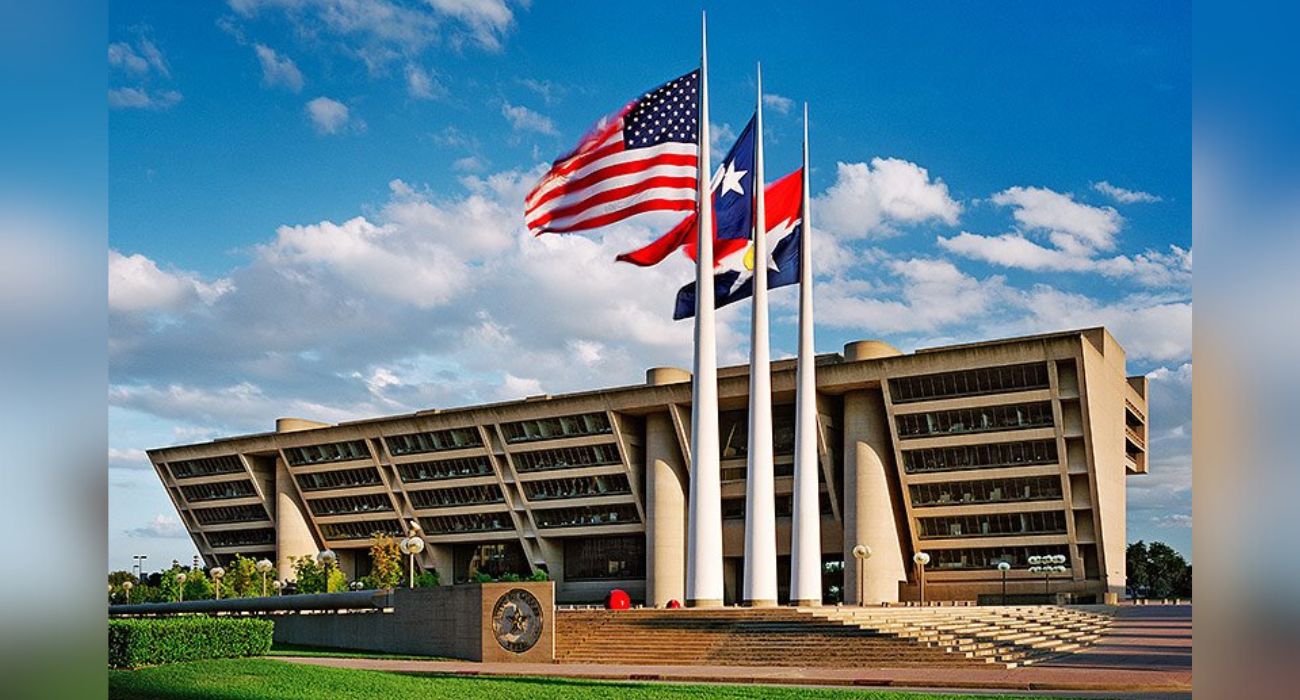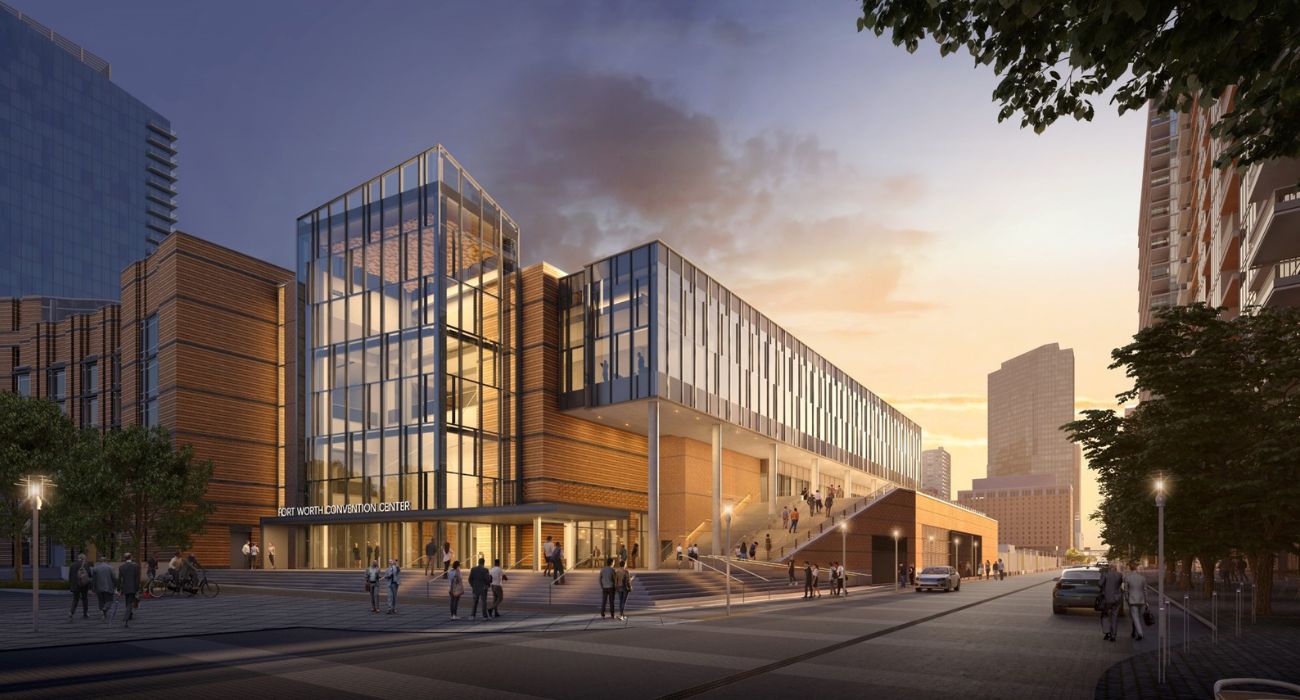A high-speed rail project that would link Dallas and Fort Worth has entered the next planning phase.
Phase 2 of the Dallas-Fort Worth High-Speed Transportation Connections Study will occur over the next 18 months and requires the completion of an environmental impact analysis, ridership estimates, and an examination of financing, operations, and maintenance costs.
The study defines a high-speed rail, also known as a “bullet train,” as a safe, reliable, and fast-moving train that travels along a dedicated track, thus “eliminating the risk of collisions with vehicles.”
The endeavor could bring a host of new economic opportunities to Dallas and Fort Worth once completed, according to Allan Rutter, a senior research scientist at the Texas A&M Transportation Institute.
“There’s a lot to be said for the sort of economic benefits to both cities by the growth of each other,” he said, the Fort Worth Star-Telegram reported.
The North Central Texas Council of Governments (NCTCOG), an association of local governments focused on regional development and planning, recently held a series of open houses to discuss the project with the general public.
The meetings lasted from August 29 to September 7 and included physical and digital project presentations, similar to those held during Phase 1 of the study in 2021.
“During Phase 1 of the project, planners evaluated high-speed transportation alternatives, including alignments and various high-speed technologies, that could enhance travel between Dallas, Arlington, and Fort Worth,” NCTCOG said in a news release.
“Now, the proposed high-speed transportation project between Dallas and Fort Worth is in Phase 2, focusing on a single corridor and identified station locations, with the goal of evaluating potential social and environmental impacts along the corridor.”
The end goal of the proposed rail line is to establish a route from Dallas to Fort Worth that could be completed in under 20 minutes. If brought to fruition, the high-speed trains would carry passengers between the two cities at a maximum speed of 250 mph, per the Fort Worth Star-Telegram.
That level of speed between the two city centers could open up Fort Worth and Dallas to grow even closer, according to Rutter.
He explained that the rail line would open up all kinds of possibilities for people to work in one city and live in the other or for people to do business between the cities.
The Dallas Express contacted NCTCOG to request more information on Phase 2 of the study but did not hear back by the time of publishing.






